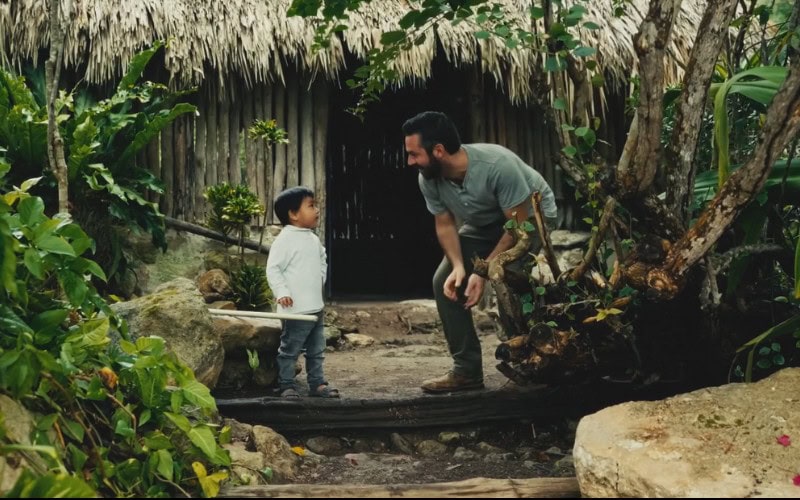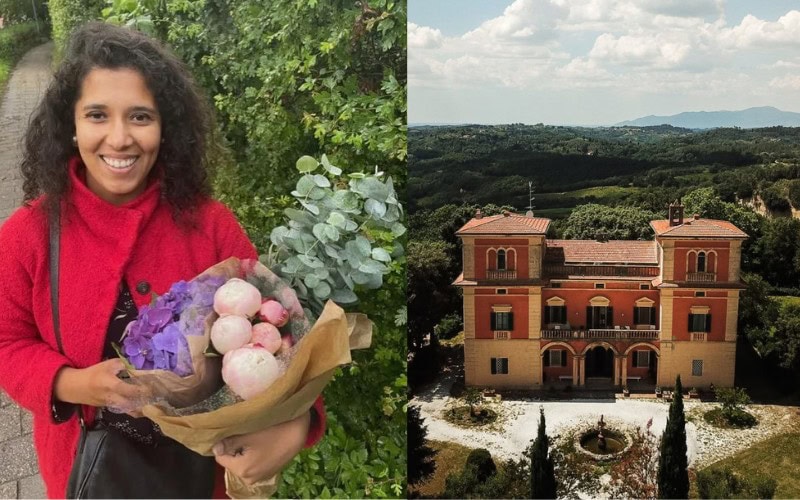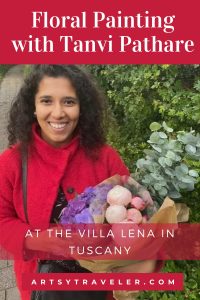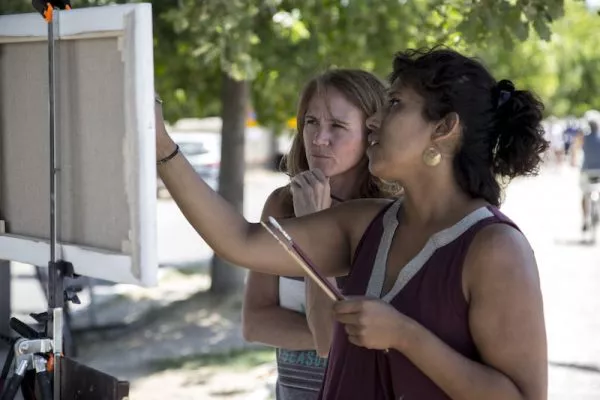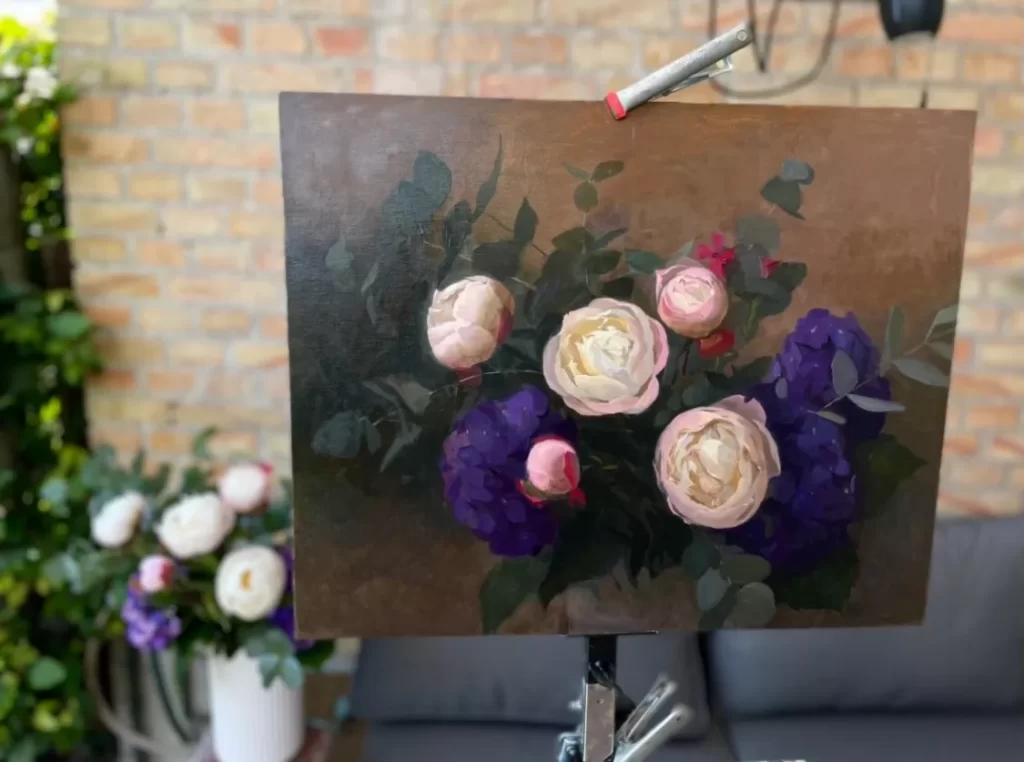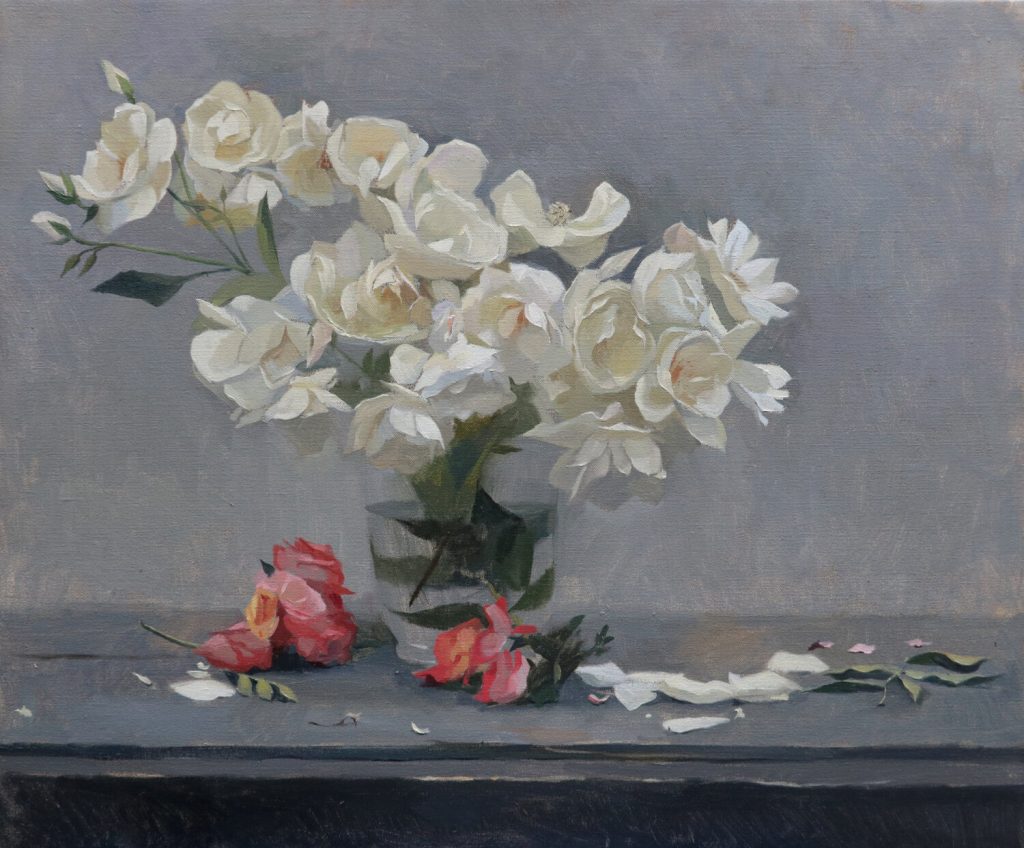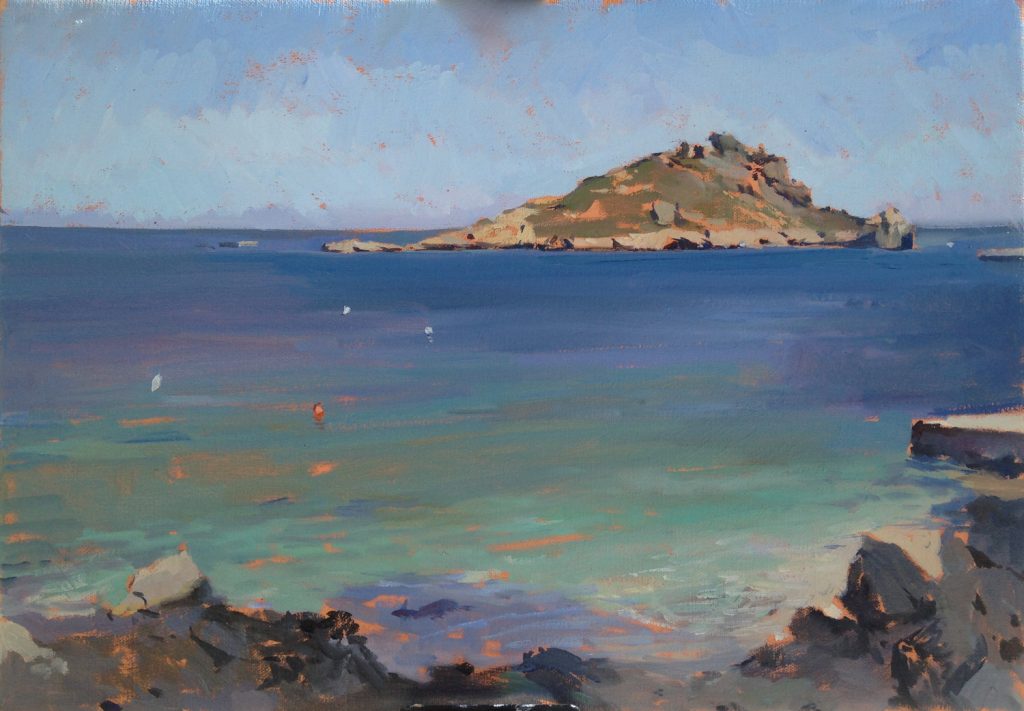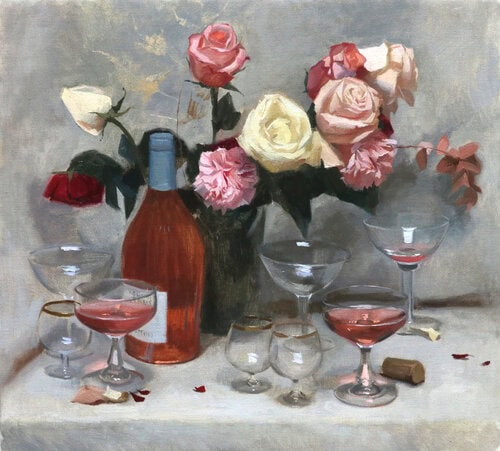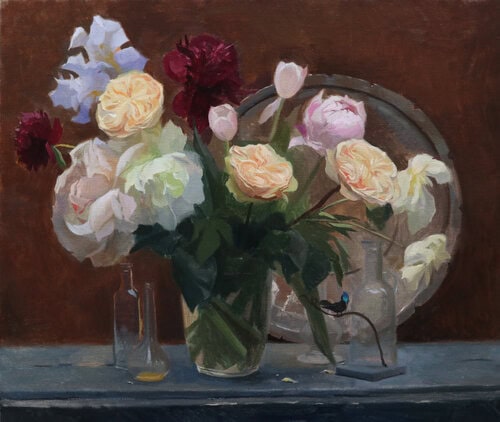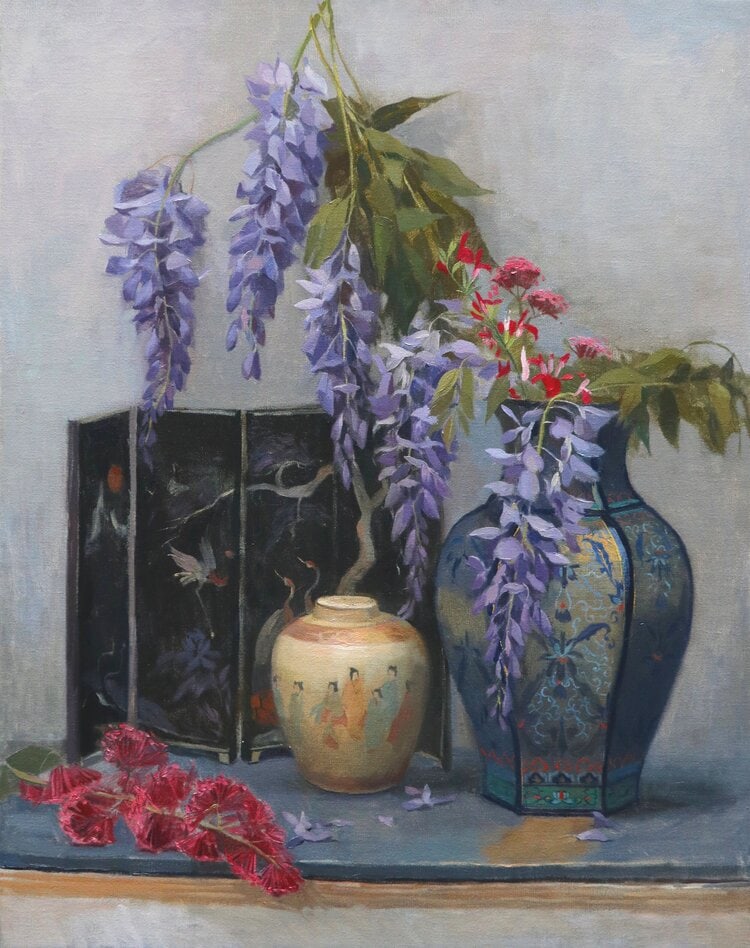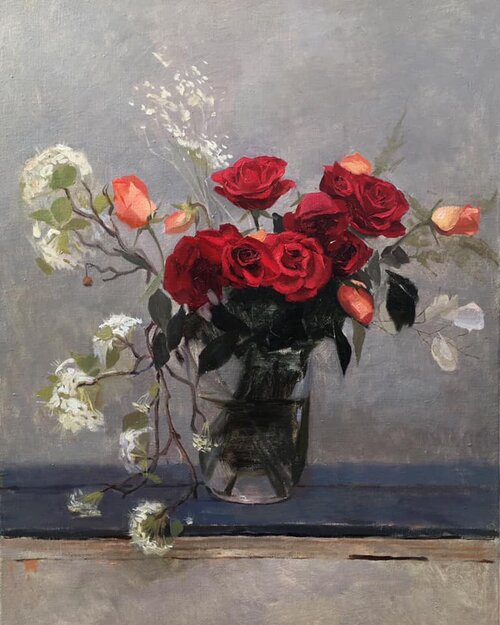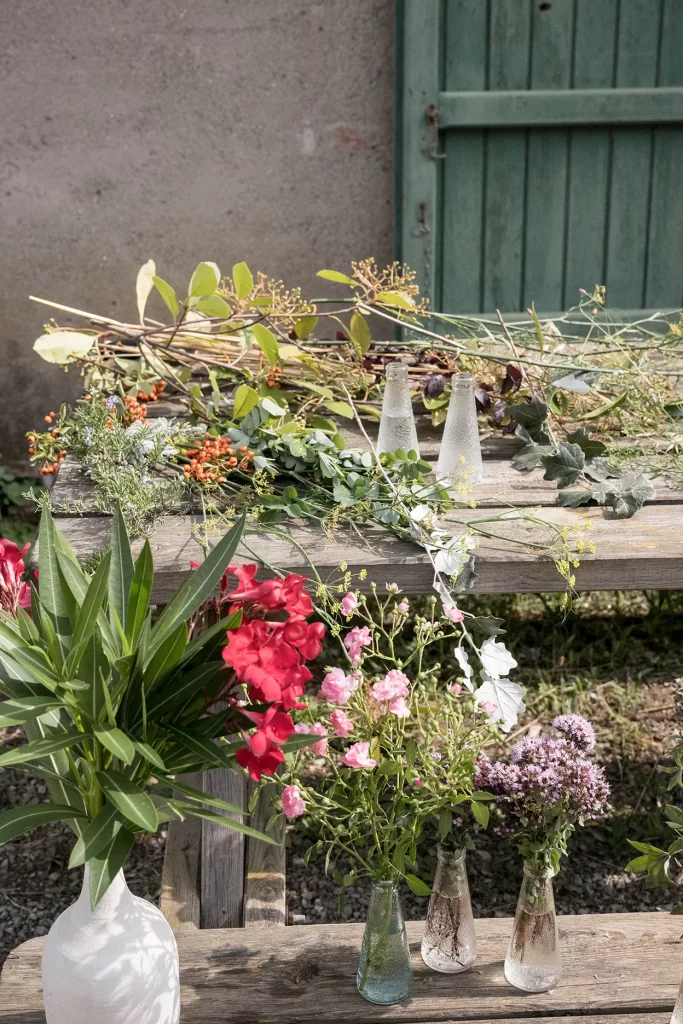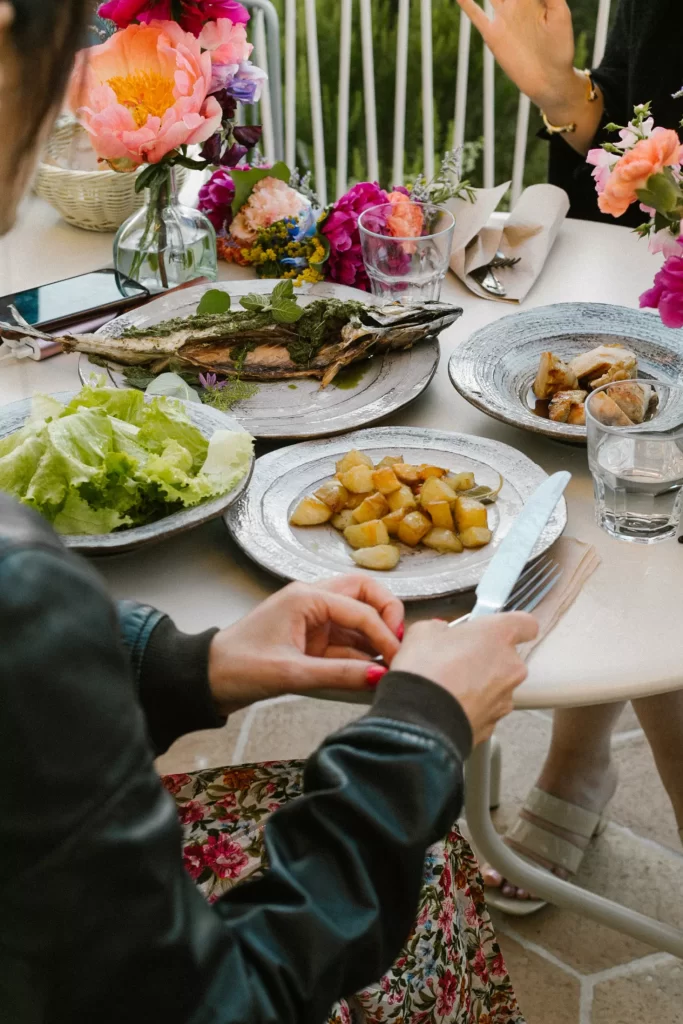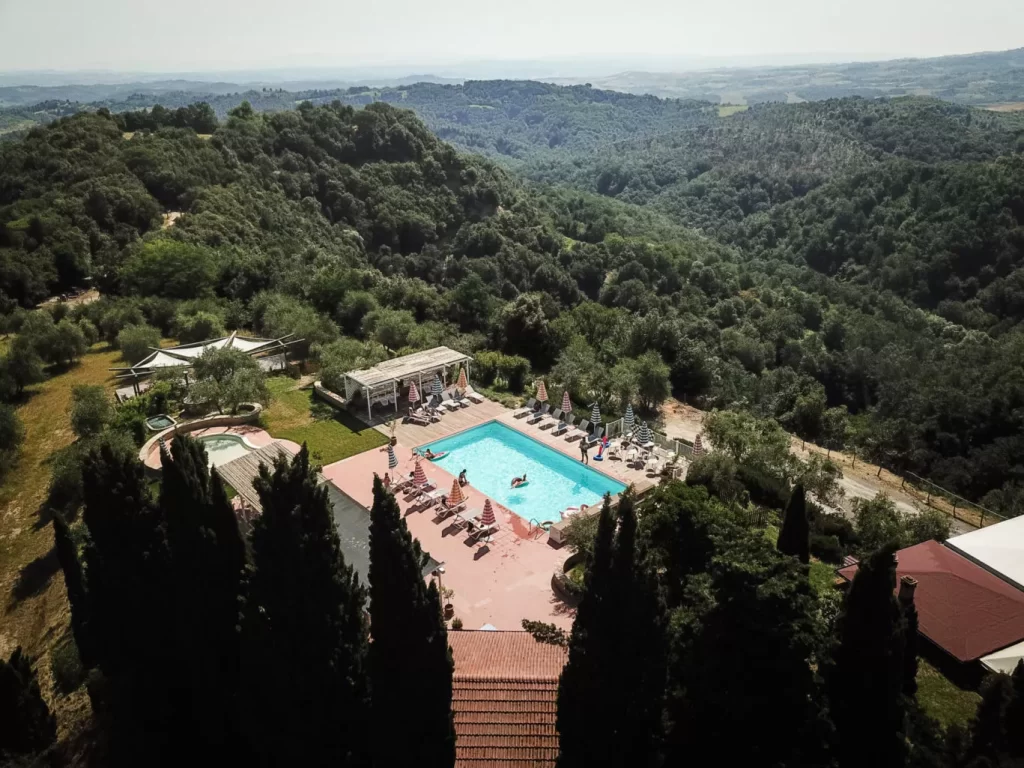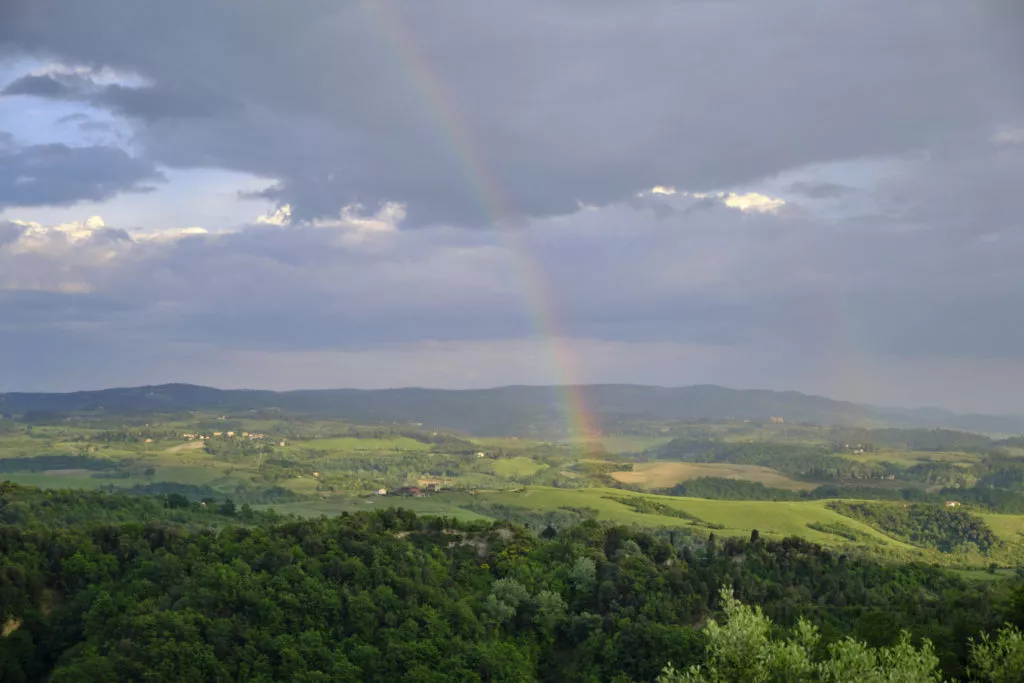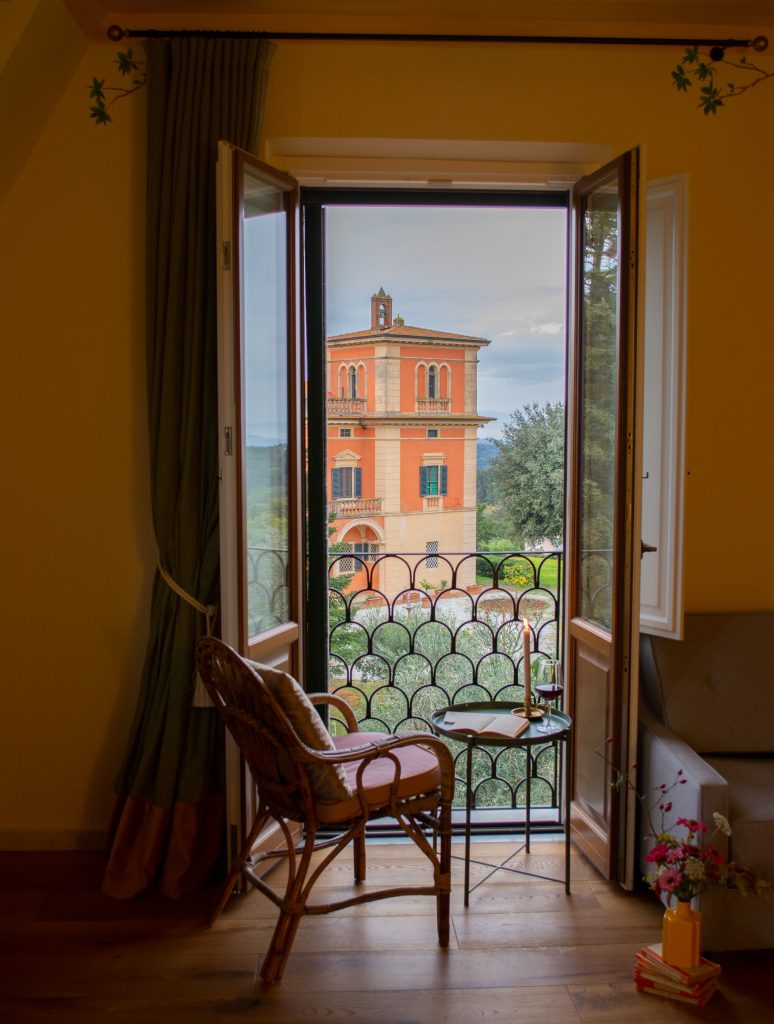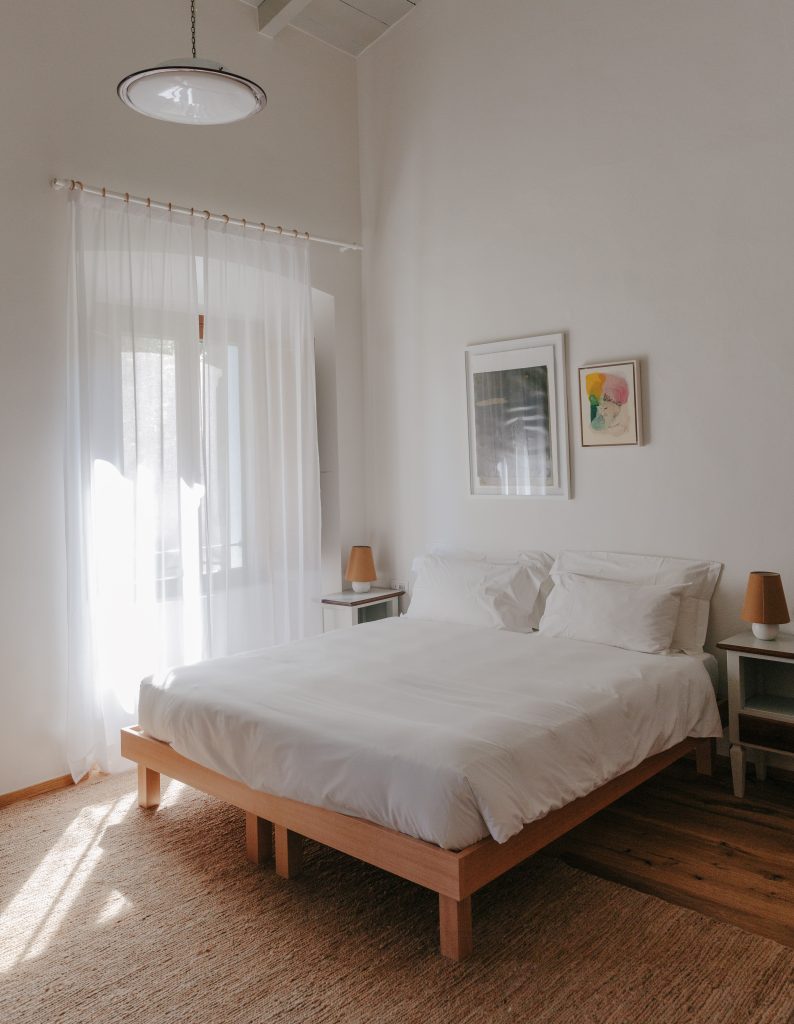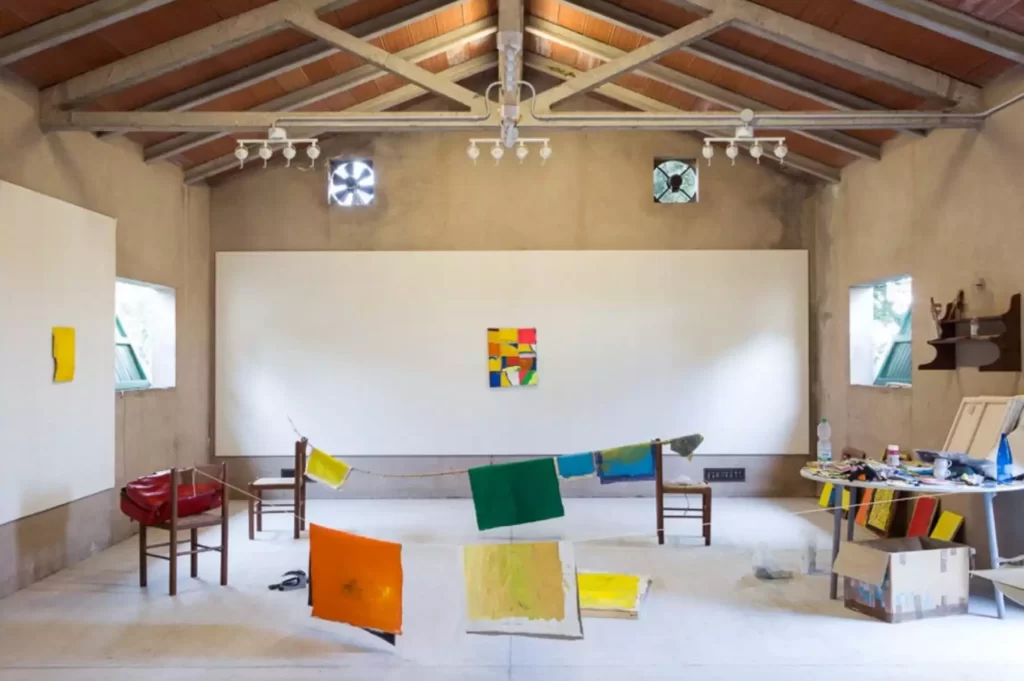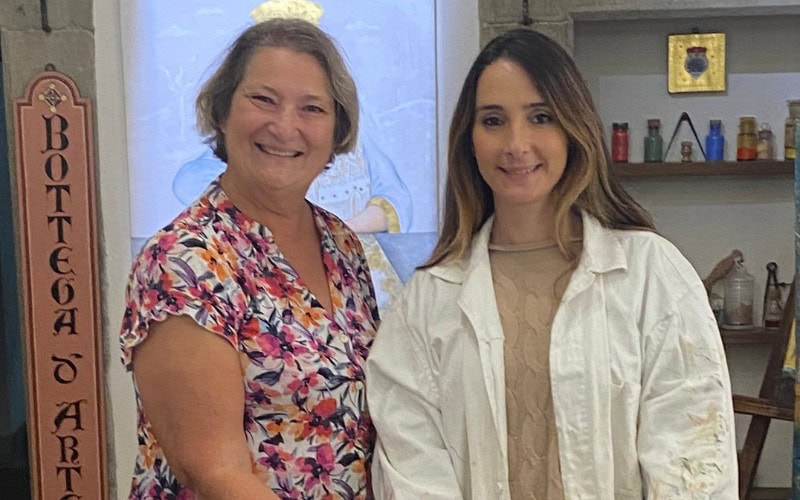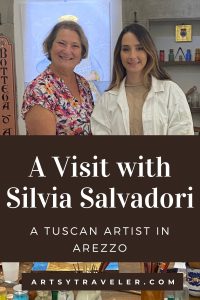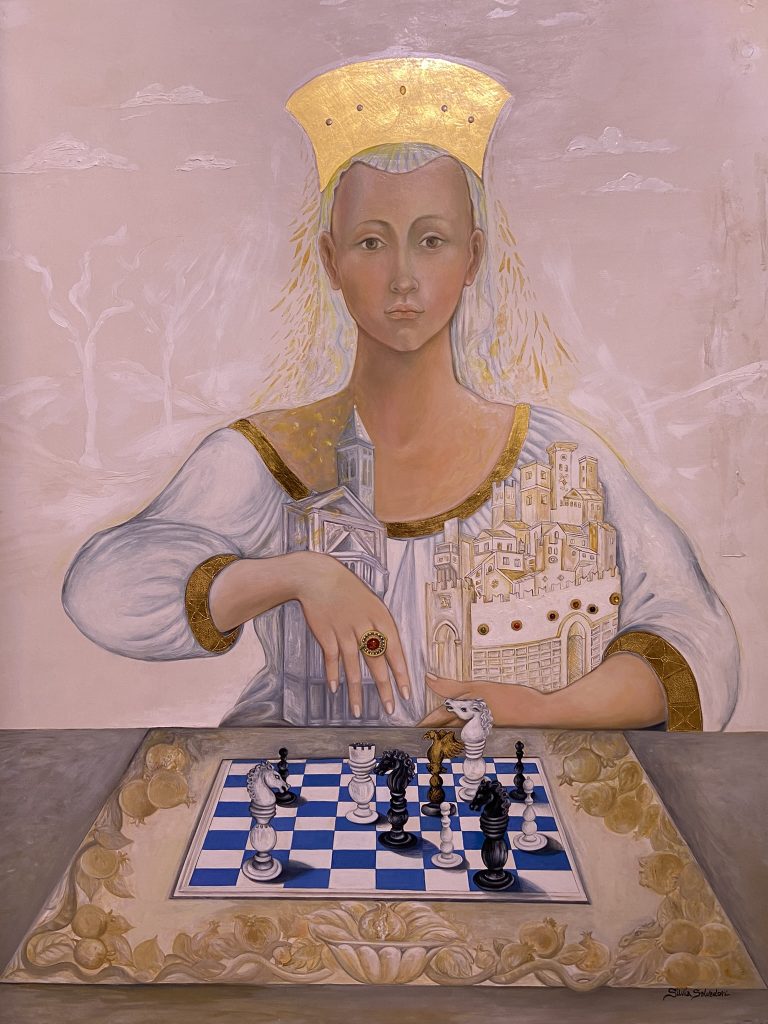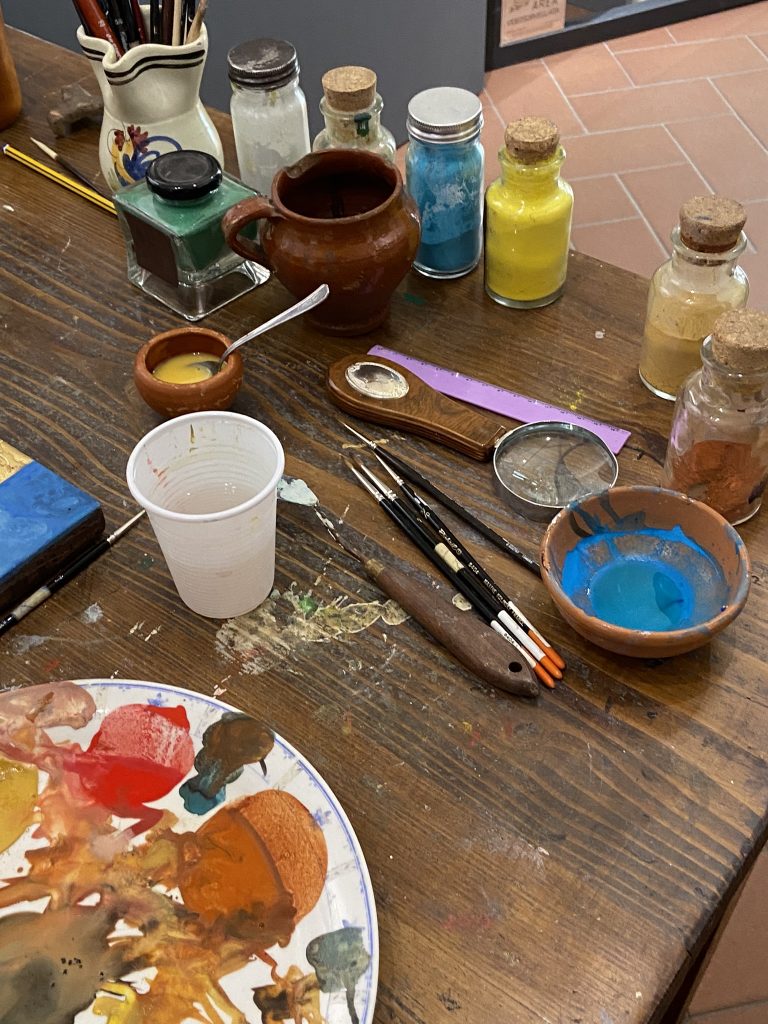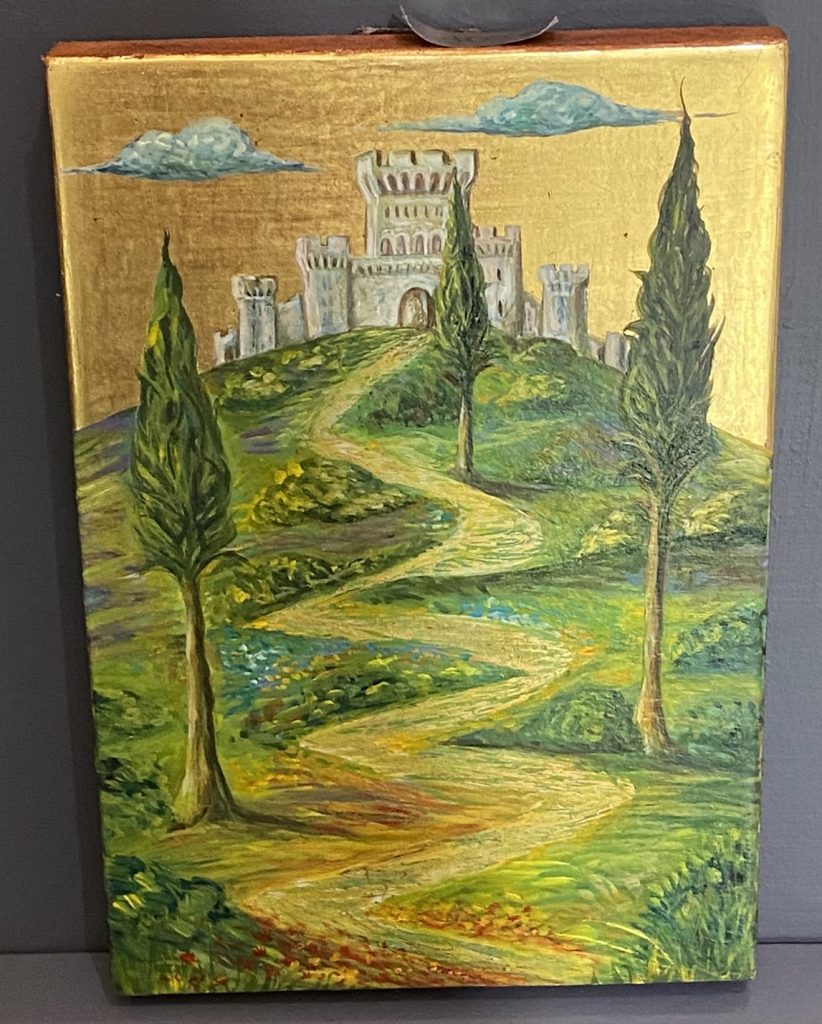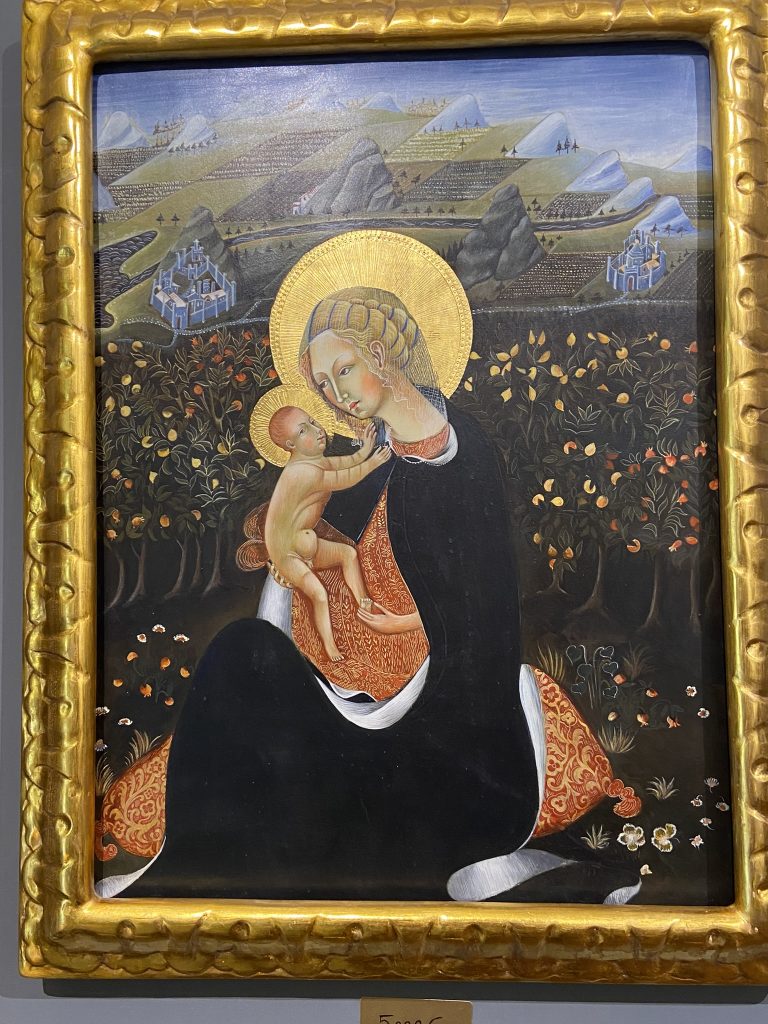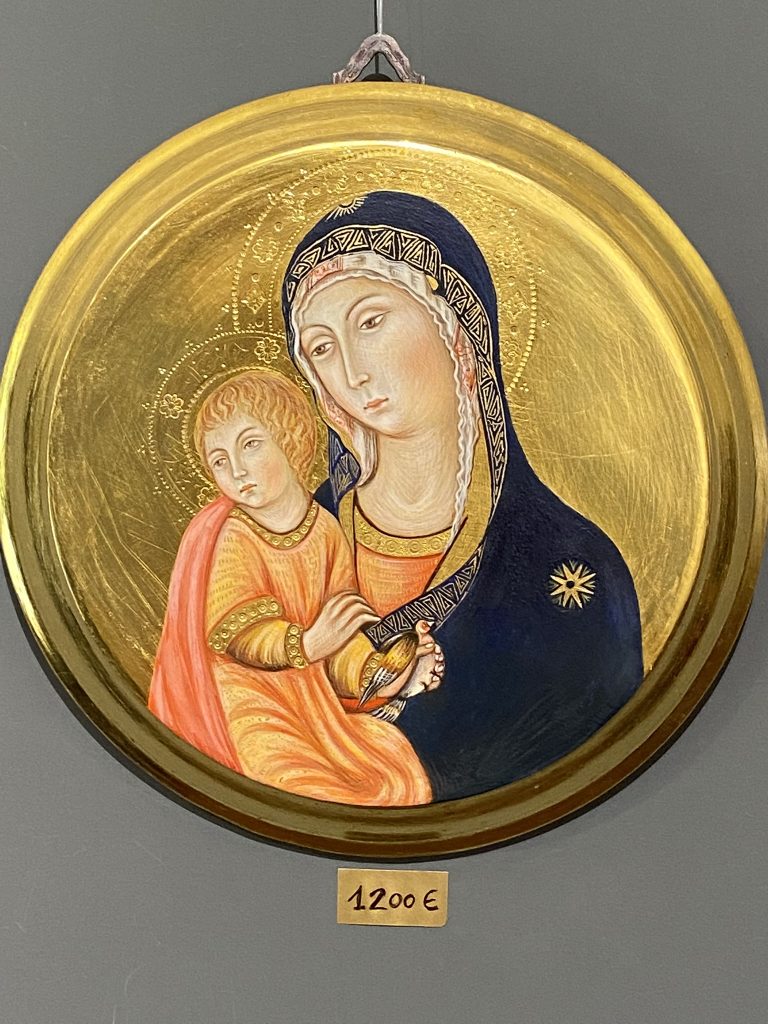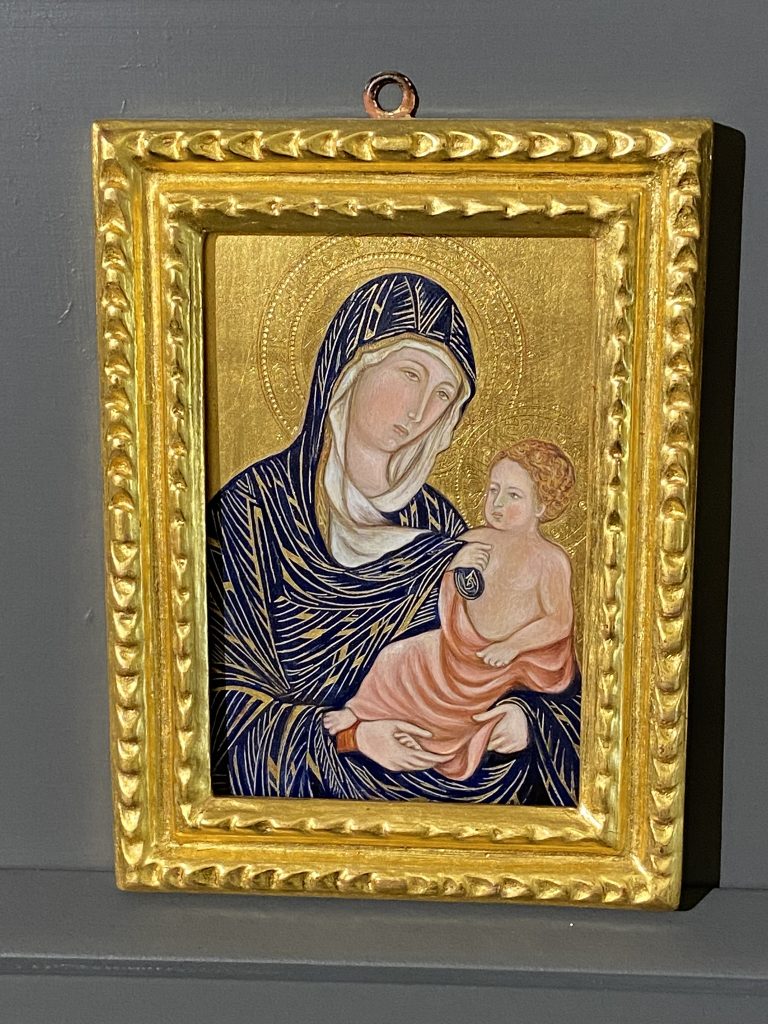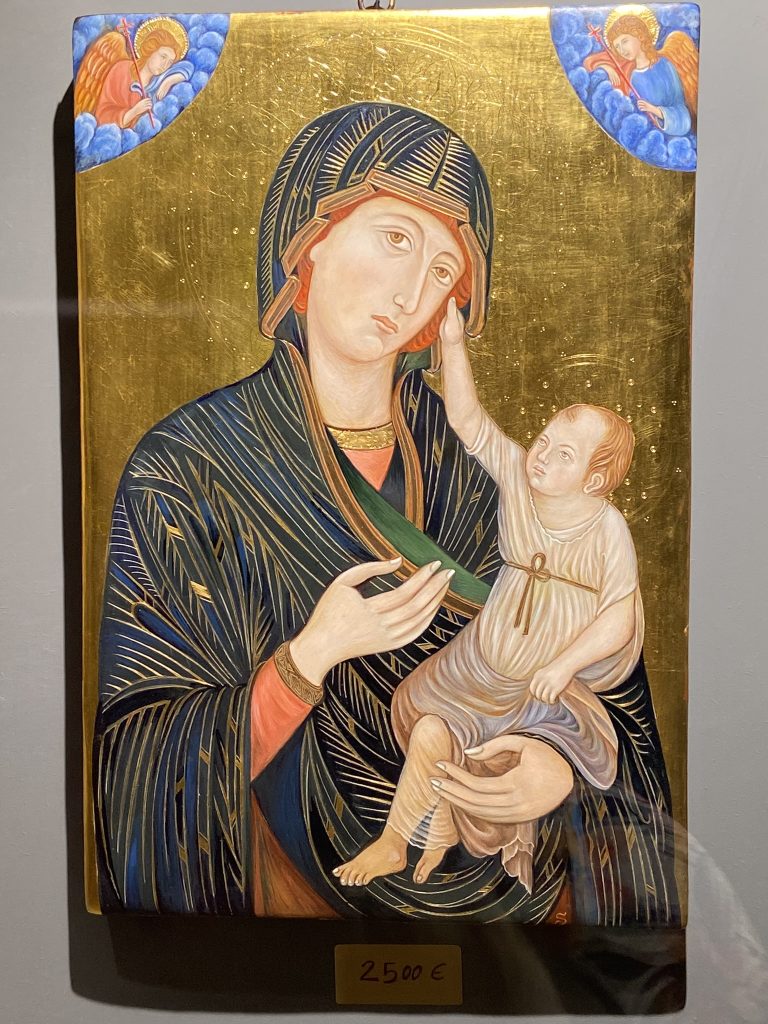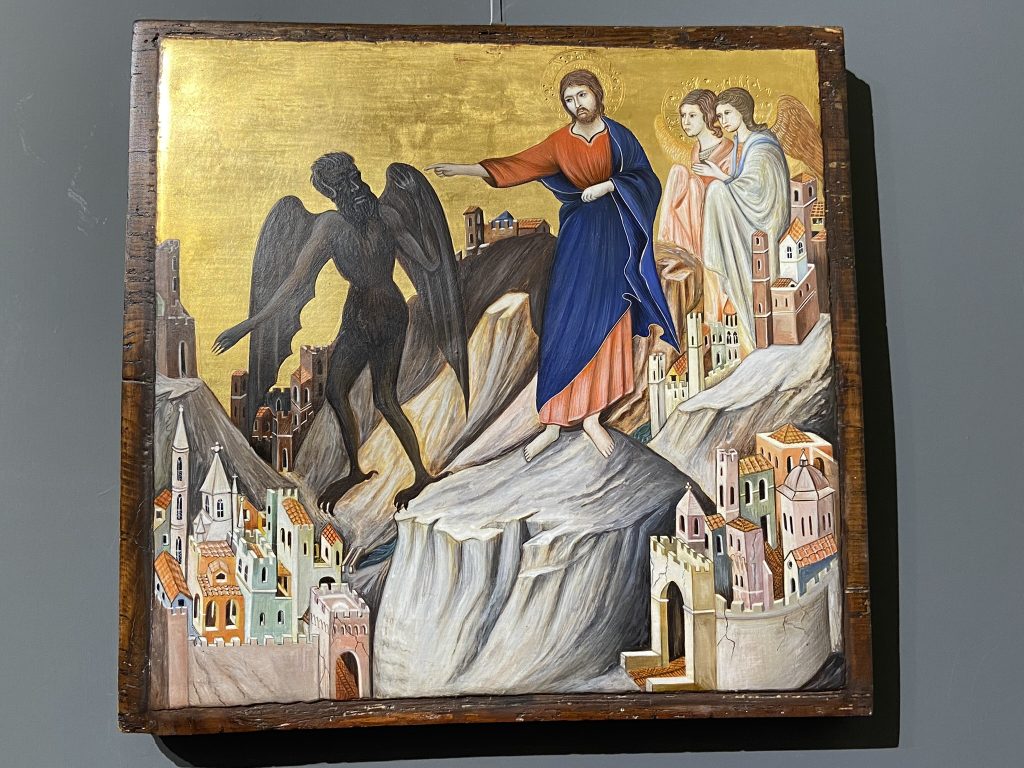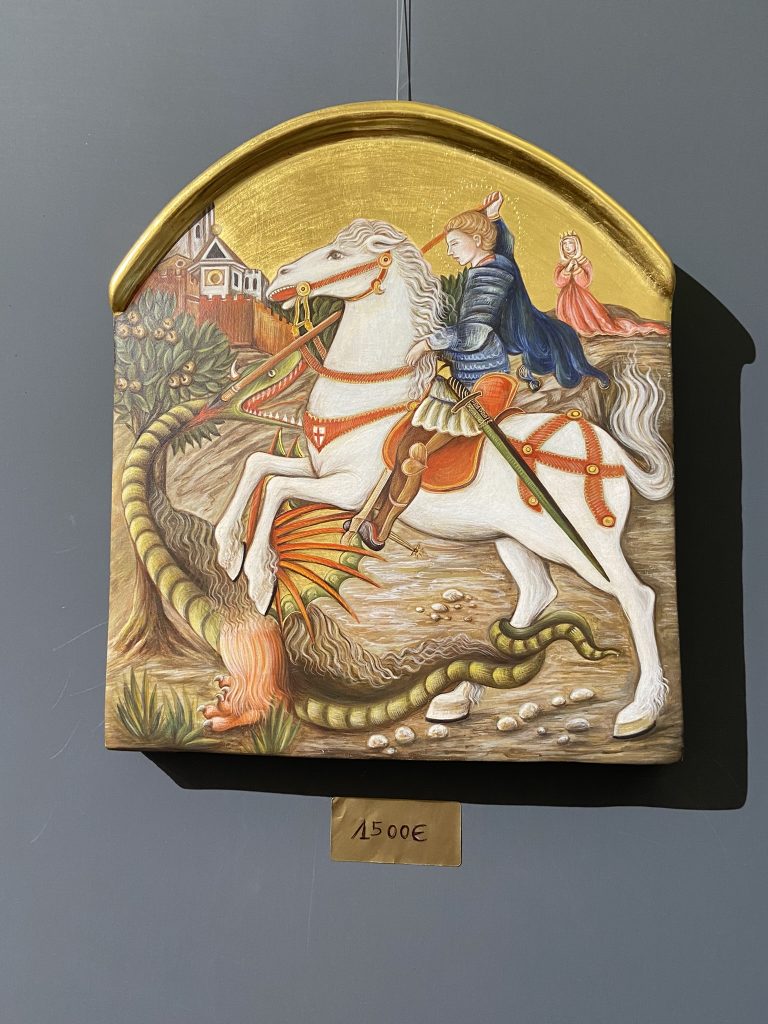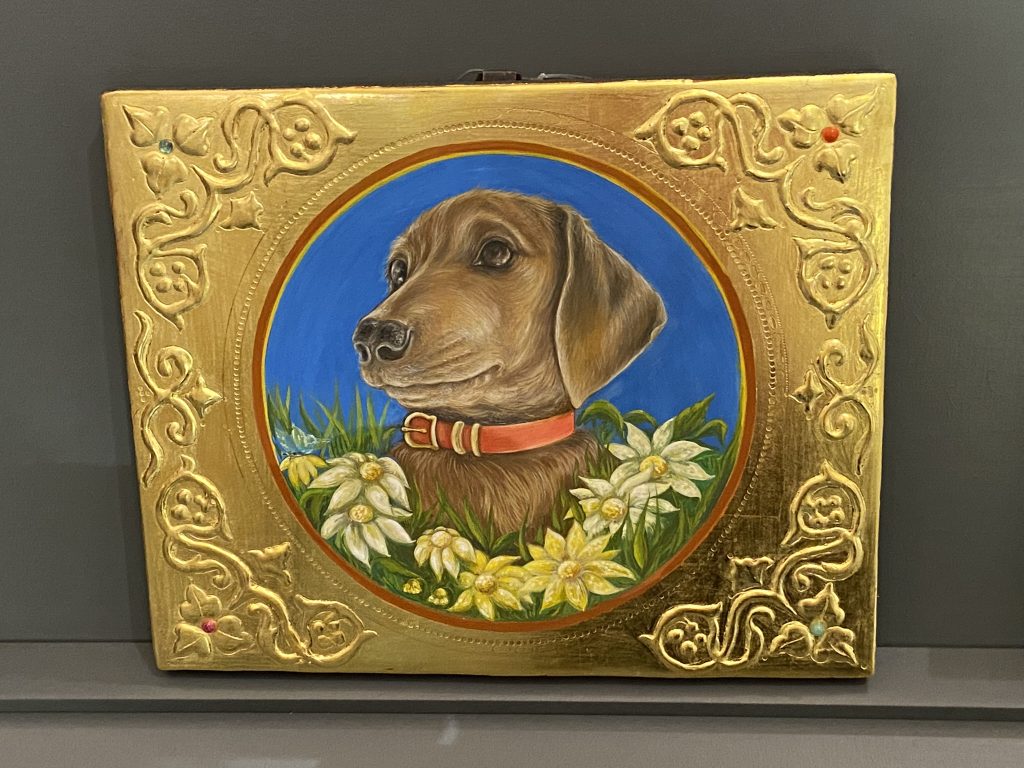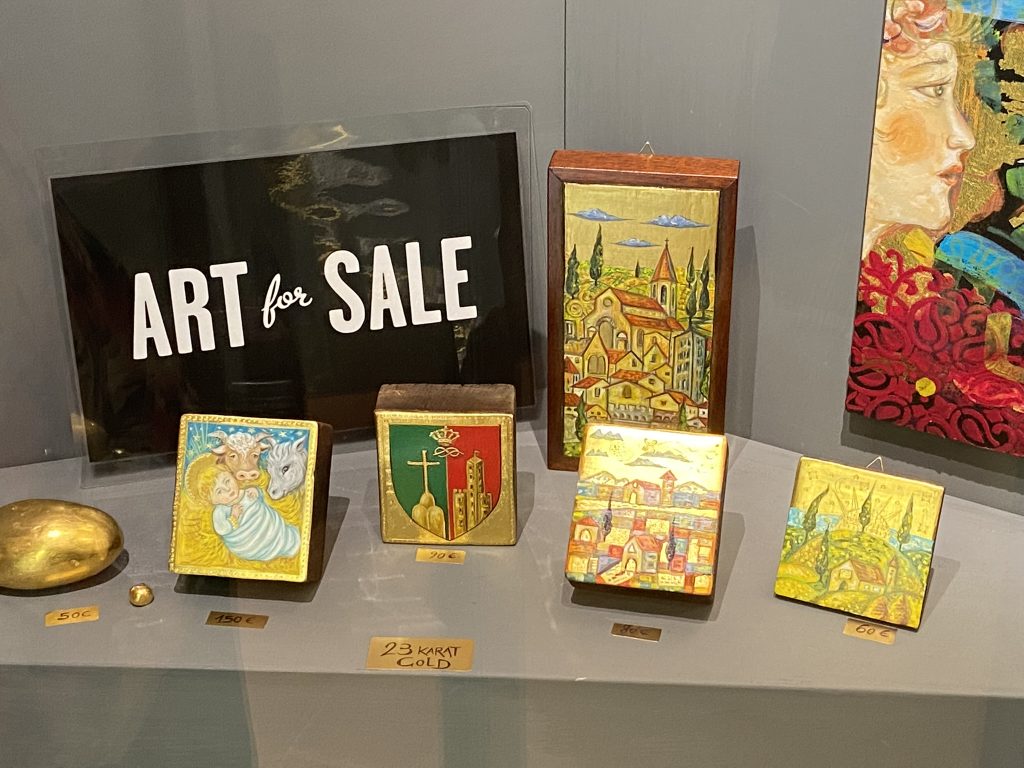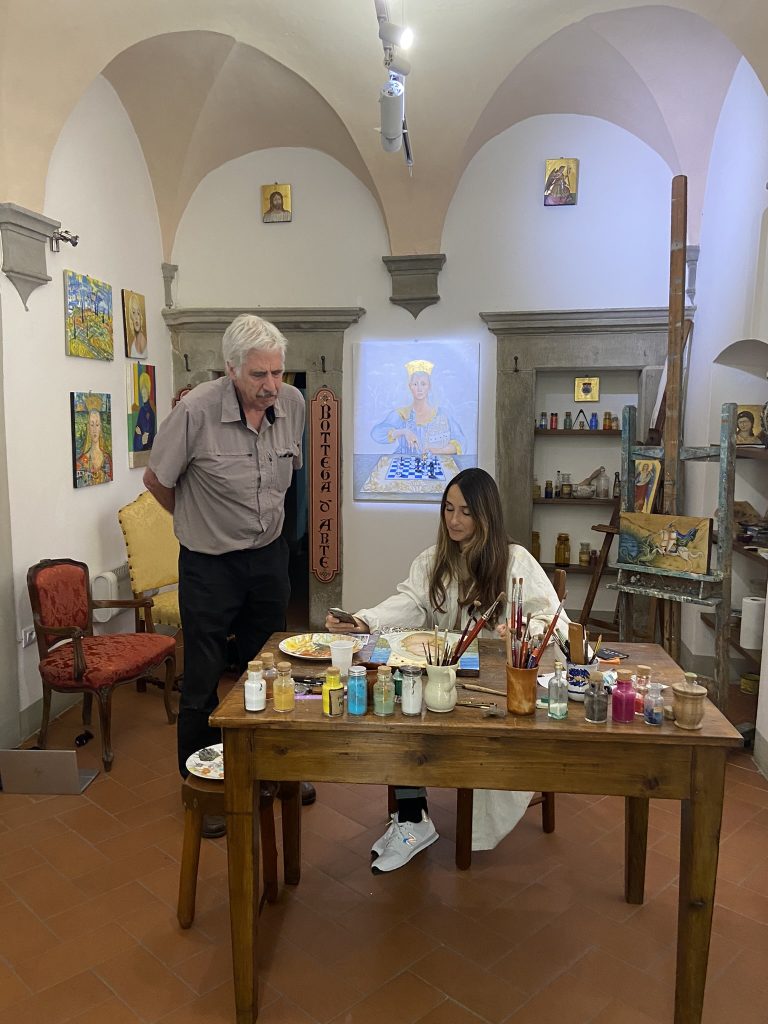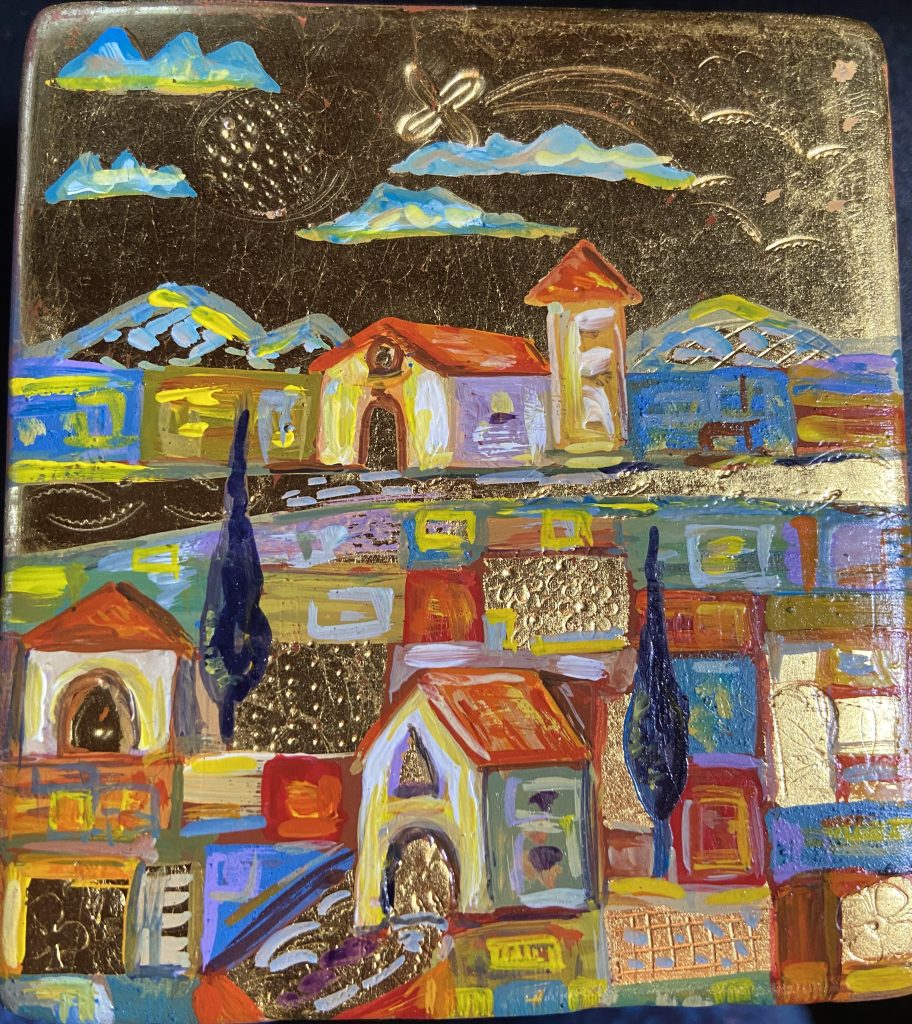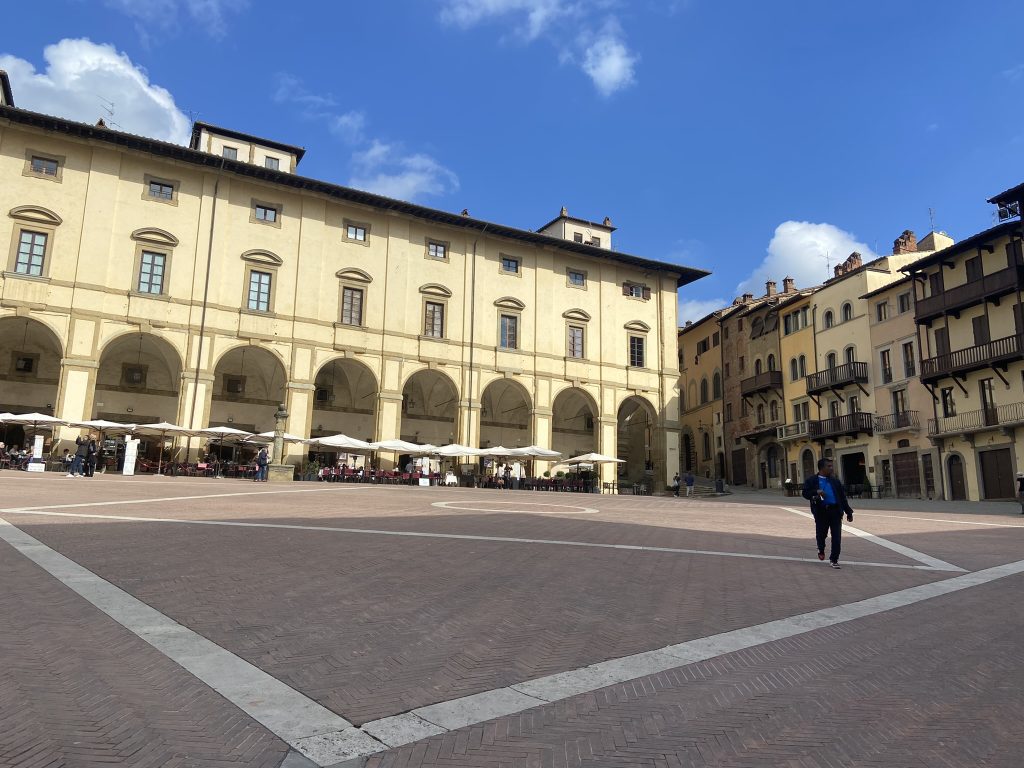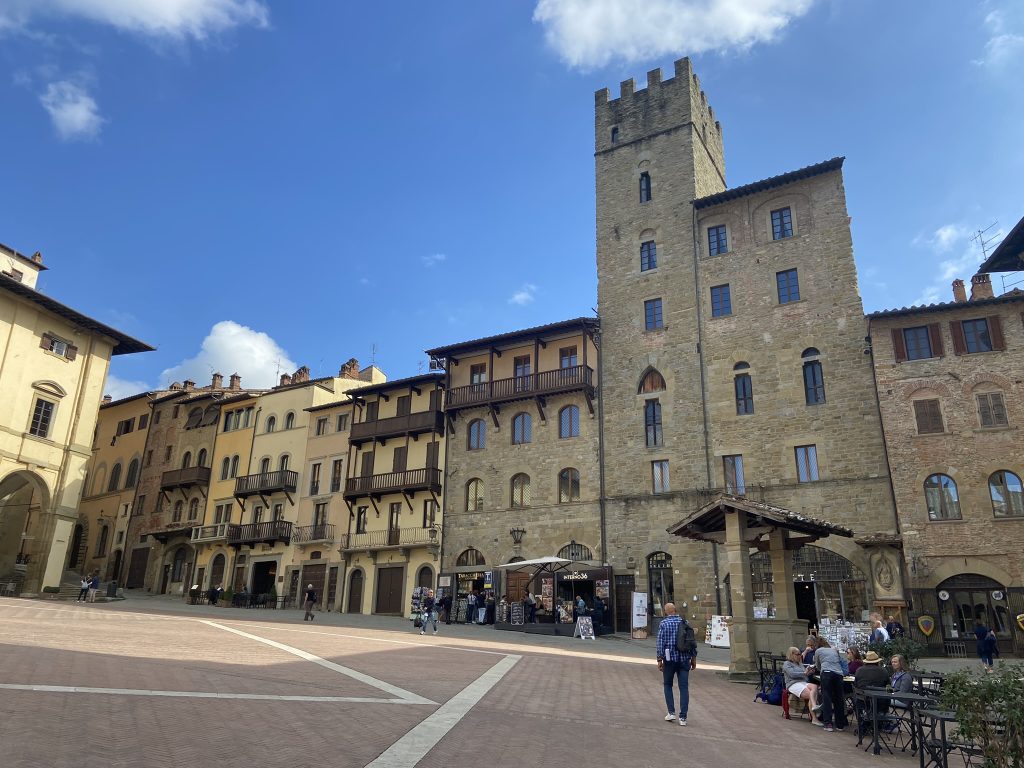Review of Beyond the Ruins: A Documentary
If you’re planning a trip to the Yucatán Peninsula in Mexico, I highly recommend you include a tour of at least one of the Maya ancient sites. The two largest and most easily accessible are Coba and Chichén Itzá.
But before you go, check out Beyond the Ruins, a stunning 2024 documentary that will change how you think about the Maya people and provide you with valuable insights into their way of life.
This post features a review of Beyond the Ruins, an award-winning feature documentary by Brady Skye that chronicles his journey to deepen understanding of the Maya and their culture.
Introduction
Many people—documentary-maker Brady Skye included, until he learned otherwise—mistakenly think the Maya culture belongs firmly in the past.
On a trip to the impressive ruins at Coba in the Yucatán in 2018, Brady’s fascination with the ancient Maya ruins led him to wonder about the people who built them. His interaction with a local Maya guide inspired him to return to the area to film his documentary in 2021.
Through his interactions with two Maya families, Brady discovered that the Maya culture was still alive and vibrant, and with a great deal to teach the modern world.
Over six million people belong to the Maya ethnic group. Many of these people still live and thrive on the Yucatán Peninsula.
Meeting Two Maya Families
The documentary chronicles Brady’s interactions with two Maya families. They welcome him into their homes and share with him their way of life and their beliefs.
Brady soon discovers that the modern Maya’s traditions and culture are firmly woven into the fabric of their daily lives, influencing everything from their farming practices to their spiritual beliefs.
By living in harmony with the natural world, the families Brady meets show him what it means to live a meaningful life.
One of the people he interviews is an expert on the local spider monkeys and leads Brady through the forest to view the monkeys in their natural habitat.
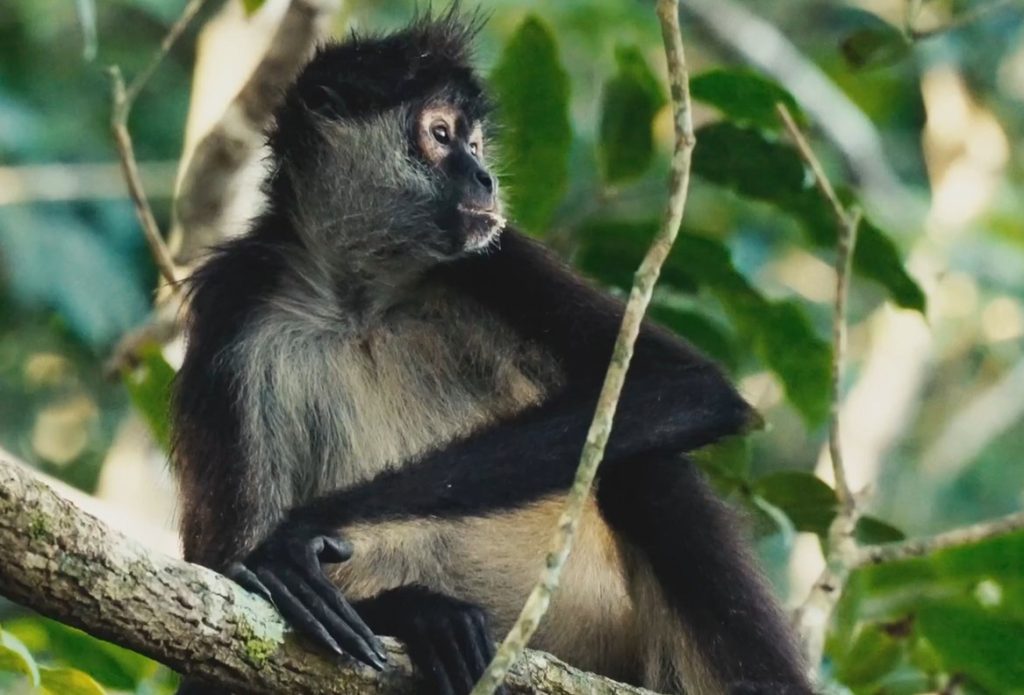
A woman called Rosa shows Brady the gorgeous embroidery she does, some of which she sells to visitors.

The documentary celebrates the many ways in which the two families interact with their environment—from their close relationship with nature and animals to the ways in which they live and work.
The Value of Community
Community and family are paramount in the lives of the people Brady meets.
In one scene, Brady puts up a hammock and joins members of the family in an afternoon siesta—all swinging together in one room.
It’s a colorful and peaceful scene that underscores the value the Maya place on family and community.
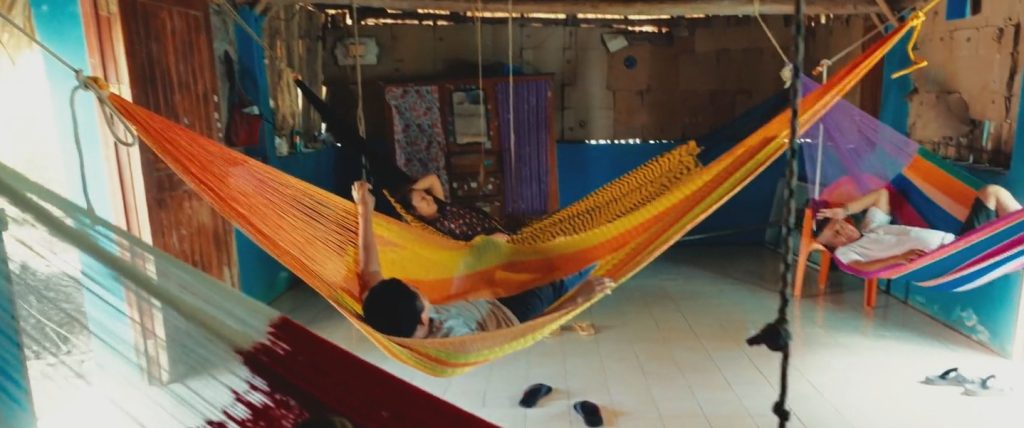
Philosophy of Living
Jesus Canul, the Maya guide Brady meets at the beginning of his journey, declares that he is richer than some people who have a lot of money.
He has all he needs: family, community, and the natural world.
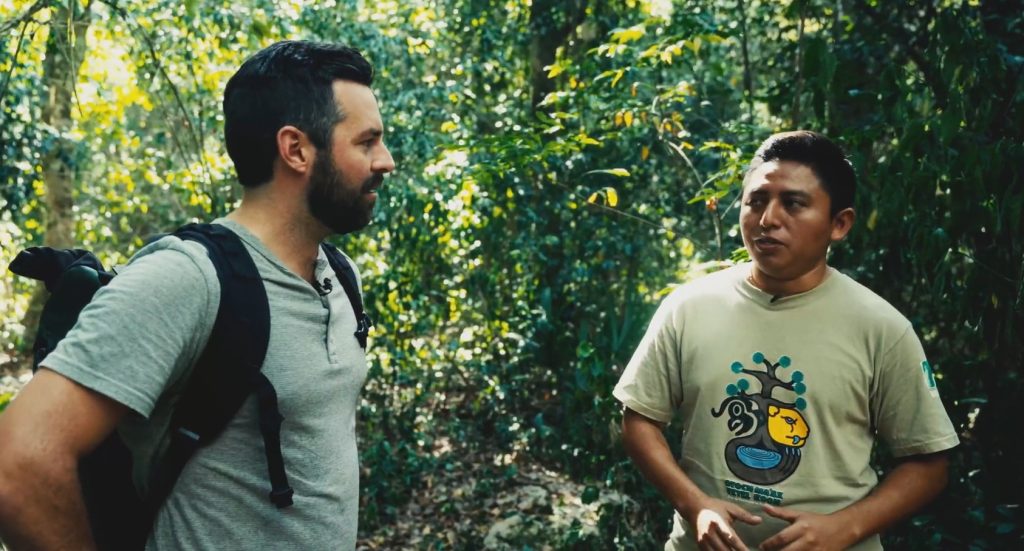
One simple phrase sums up the philosophy of the Maya:
I am you; you are me.
The Maya believe in the interconnectedness of all humans and animals. By sharing our lives and helping one another, we can all live a fulfilling life.
This is a valuable lesson that so many people in our frequently disconnected world would benefit from embracing.
As Brady says in the documentary, the Maya offer a powerful alternative vision to what it means to live a life of meaning and connection. They understand that true happiness comes from the nurturing of human bonds and not in dependence on artificial machines.
The documentary demonstrates the value of fostering connections with Indigenous wisdom, thereby recognizing the universal truth that we are all interconnected.
Recognition for Beyond the Ruins
Beyond the Ruins is the recipient of numerous awards, including:
- Best Documentary Feature, 19th Orlando International Film Festival
- Silver Anthem Award Recipient, International Academy of Arts & Sciences
- Best Documentary Feature, TRAVEL FILM International Film Festival
- Best Cultural Documentary, 14th Travel Beyond Film Festival
- Best Documentary Feature, 2024 Follywood Film Festival
- “One Planet, One World” Special Award Recipient from the ART&TUR International Film Festival
- Official Selection at 36th Girona Film Festival, 29th Red Nation International Film Festival, and the 25th Santa Fe Film Festival.
Conclusion
Beyond the Ruins is both visually stunning and philosophically profound. Viewers will be inspired by Brady’s depictions of the two families and their interdependence upon the natural world.
This documentary fascinated me. I visited the Yucatán Peninsula several years ago and remember being fascinated by the Maya culture and people after touring Coba accompanied by a local guide who provided fascinating commentary about the ruins and the Maya people. I wish I’d had more time to explore the ruins and delve deeper.
Fortunately, Brady Skye does just that in his work.
I highly recommend checking out Beyond the Ruins, whether before or after you travel to the Yucatán, , or even if you never plan to visit the Yucatán!
